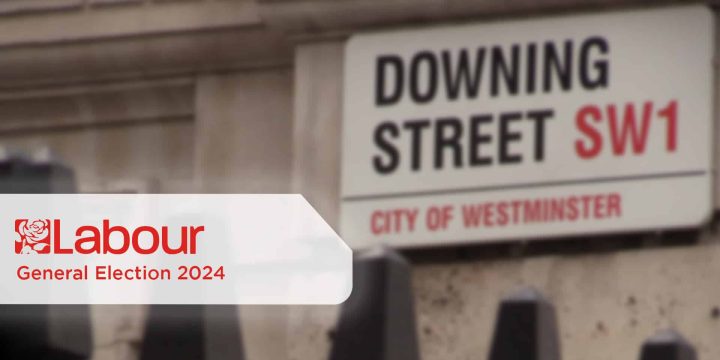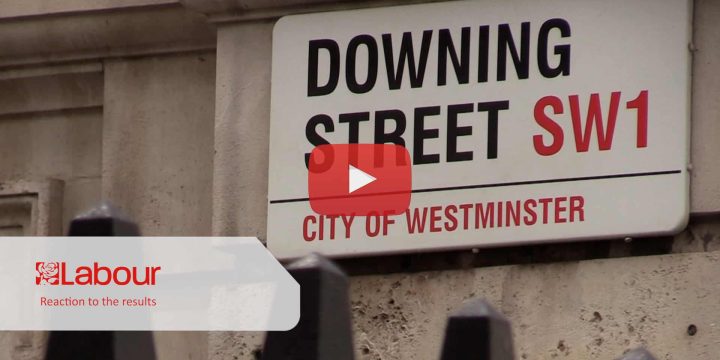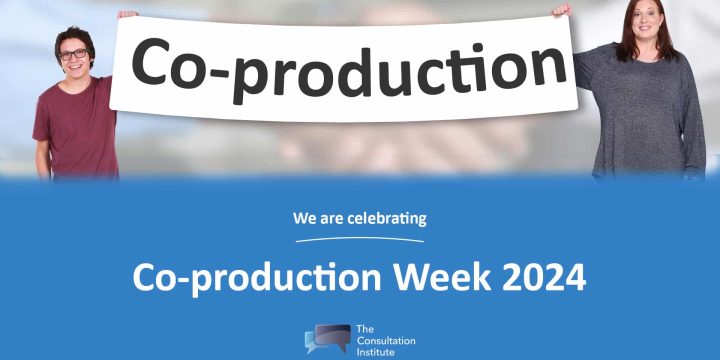News & Insights
How the rationale for Quality Assurance is changing
Being sure that public consultation is genuine
When the Institute began providing a Quality Assurance (QA) for public consultations, five years ago, it was, in part because local government officers and others were keen for their efforts to be better recognised. Attending training courses was one thing, but would anyone give them credit for having absorbed best practice and then go on to implement them properly?
But there was always another agenda. The general public have understandably been sceptical that many consultations were a charade – large public bodies going through the motions and pretending to listen when decisions had been taken all along. An independent QA is one way of building confidence that when done properly, a consultation is honest, truthful and a genuine attempt to make better decisions. Fifty Consultation Institute QA exercises have now been undertaken – the great majority being signed off as good or best practice.
However, the public engagement landscape is constantly evolving. The rationale for those running pubic consultations to consider a formal QA is changing, and much of the latest thinking recognises that there are several new factors which make it a sensible investment.
Here are five new reasons for a consultation QA: –
1 UK Government consultation Principles are now less prescriptive
Both the 2011 and 2016 versions of the Principles loosened the previous rules for Government departments in England and Wales, and set the tone for most other public bodies. Determining whether the rules are being observed in a particular consultation is no longer straightforward. Take one example; the 2016 Principles state that ‘Consultations should last for a proportionate amount of time’ but who is to decide what is proportionate – or appropriate in any given situation? Consultees may not altogether trust the consultor, so having an independent body make this judgement-call has big advantages.
2 Sector-specific standards are becoming important
Although many of the fundamentals are the same, there are different expectations and different standards that apply. Planning has particular nuances and Infrastructure Planning – as we will witness once again over the next Airports consultation – has to observe the Aarhus Convention. NHS England has very demanding statutory requirements and a sheaf of Guidance to weigh down the most seasoned bureaucrat. Where we cannot adopt a one-size-fits-all approach, someone needs to confirm that the sector-specifics have been met.
3 Judicial Reviews have exposed flaws in too many consultations
Despite Government attempts to discourage legal challenges, it is still the remedy of choice for disappointed consultees or campaigners. Scarcely a single high-profile consultation escapes the threat of Court action, and decisions on the published options (Haringey), the over-use of online surveys (Rochford) and the ‘due regard’ provisions of the Equality Act (Diocese of Minerva etc) all arouse fear lest procedural mistakes lead to long and costly court cases. QA may not eliminate the risk entirely, but significantly reduces it.
4…but too much focus on legal issues can lead to other mistakes being overlooked
In practical terms, few consultees will ever have a good enough case, or the financial clout to go to the High Court. By concentrating too much on legal aspects, it is easy to ignore other aspects of best practice. For example, approvals to start drilling for shale gas (fracking) in Lancashire may have followed consultations that were strictly within the letter of the law, but did not command public respect. Most lawyers have little or no practical experience of consultations, so QAs can provide useful checks and balances as detailed plans are made for a controversial consultation.
5 The distinction between ‘engagement’ and ‘consultation’ is blurring
As was graphically demonstrated by last year’s housing regeneration case in LB Lambeth, the growth of highly laudable public participation models gives rise to tricky transition procedures as these sometimes morph into a formal consultation. This is because co-design, co-production or participatory budgeting have few if any enforceable rules, but, of course public consultations have plenty. We are moving towards a QA also being a valuable tool for routine or continuous engagement, and expect to pilot this approach in the NHS in Wales within weeks.
These trends are not entirely new, but they combine to destroy any idea that there may be a foolproof blueprint lying around. Institute Associates have found that even our comprehensive checklists are not universally applicable and that the political context changes everything. Even organisations with years of consultation experience have interminable internal debates about the precise form the process might take; what worked last year may not be suitable this time around; how much information needs to be published, and what kind of meetings to schedule?
For these and a hundred other questions, it is so helpful to be able to think aloud alongside an experienced but independent expert. And maybe that ‘second opinion’ becomes the most important rationale of all. Consultation!
TRIGGER POINTS
- The UK Government’s Consultation Principles are found here
- For more information on the Aarhus Convention, see here
- NHS England Guidance on consultations and on public and patient involvement can be found here
- The Judicial Reviews mentioned in this Topic will all be considered in depth at the Institute’s Law of Consultation
training course on 9 November in Birmingham, 7 December in Bedfordshire and 18 January in London - The Institute’s Quality Assurance team can be contacted on 01767 318350



